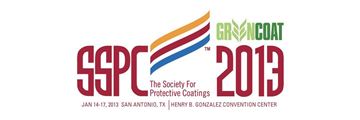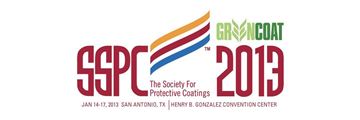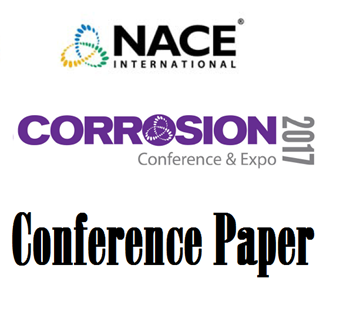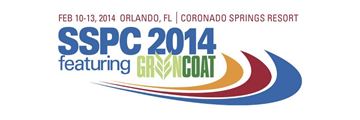Search
Individual Conference Papers
View as
Sort by
Display
per page
Qualification and Application of Linings for Aboveground Storage Tanks
Product Number:
51321-16445-SG
Publication Date:
2021
$20.00
Qualification Methods of Seamless Tubes for H2 Gas Applications
Product Number:
51324-20737-SG
Publication Date:
2024
$40.00
Qualification of Acid Systems for Wellbore Damage Removal: Case Histories from the Norwegian Continental Shelf
Product Number:
51317--9186-SG
ISBN:
9186 2017 CP
Publication Date:
2017
$20.00
Qualification of Coatings for Launch Facilities and Ground Support Equipment Through the NASA Corrosion Technology Laboratory
Product Number:
41214-832-SG
Publication Date:
2014
$20.00
Qualification of High Temperature FBE for Offshore Services
Product Number:
51319-13351-SG
Publication Date:
2019
$20.00
Qualification of Low Temperature Cure, Thin-Film Linings for Aboveground Storage Tanks
Product Number:
51323-18767-SG
Publication Date:
2023
$20.00
Qualification of Seamless X60QOS and X65QOS Line Pipe Grades for Extreme Sour Service Conditions with Partial Pressure of H2S beyond 1 Bar
Product Number:
MPWT19-15127
Publication Date:
2019
$0.00
Qualification of seamless X60QOS and X65QOS linepipe grades for extreme sour service conditions with partial pressure of H2S beyond 1 bar
Product Number:
51320-14585-SG
Publication Date:
2020
$20.00












